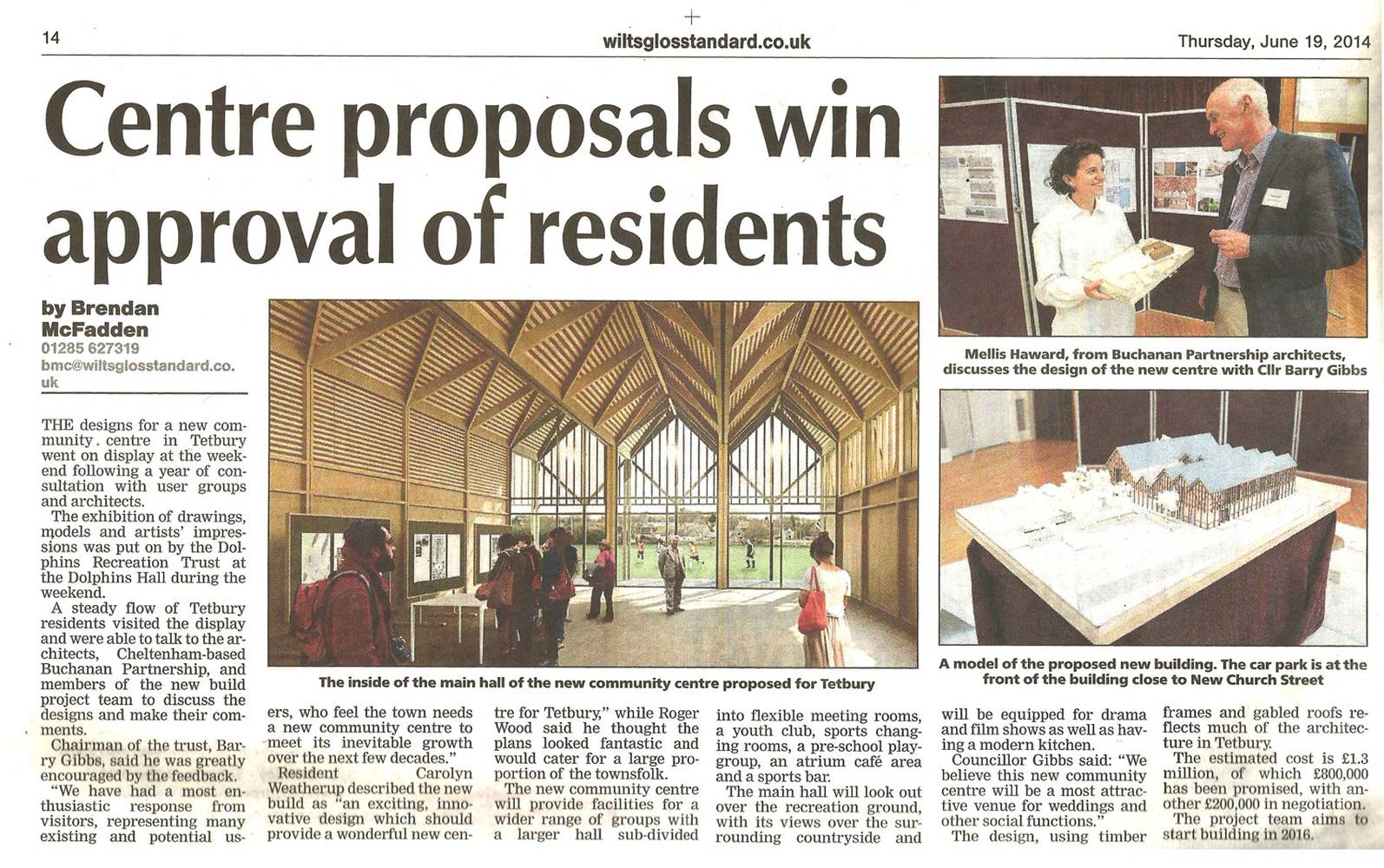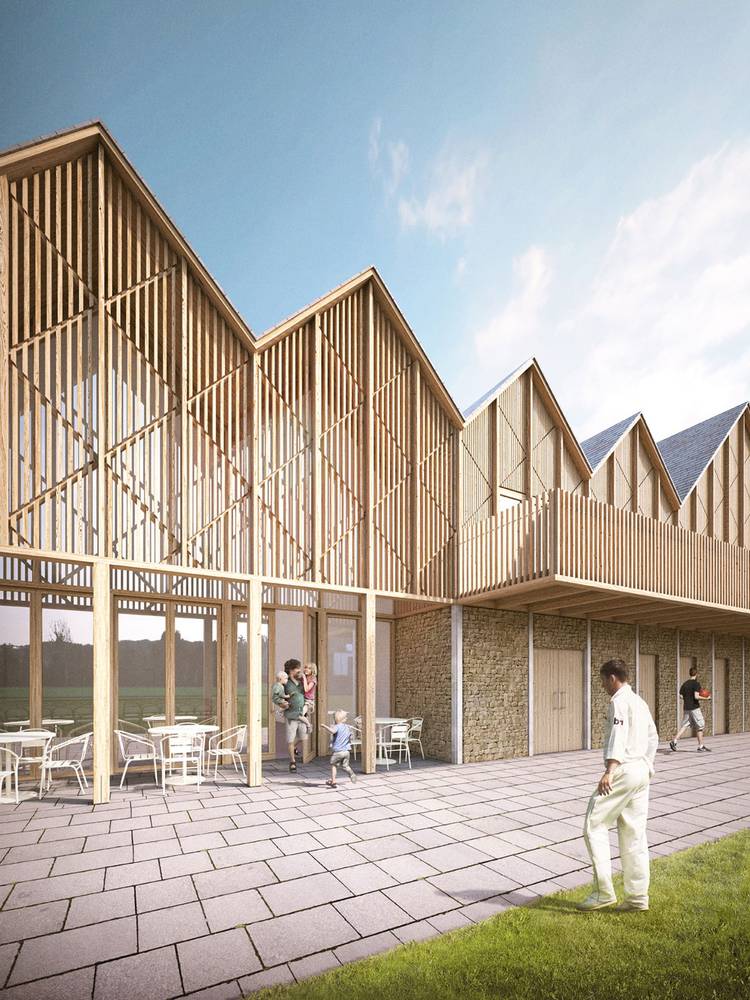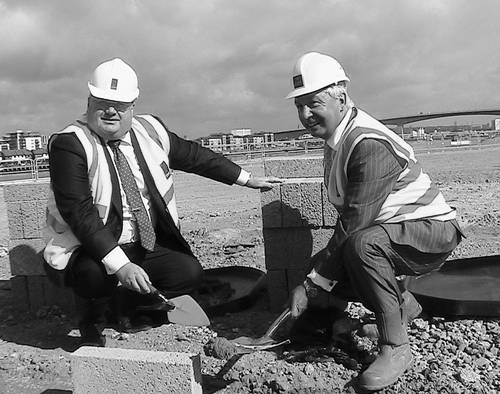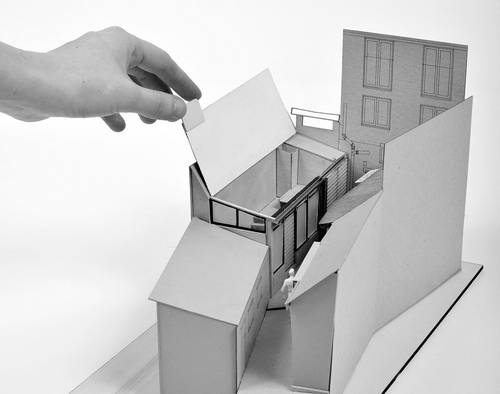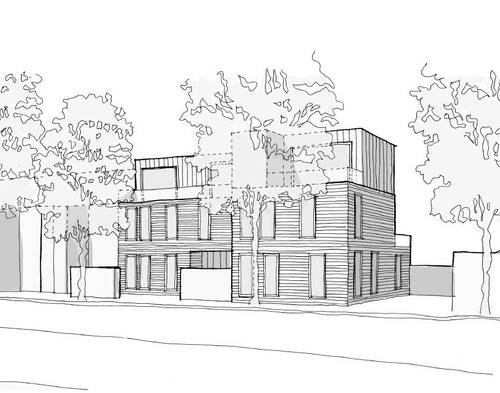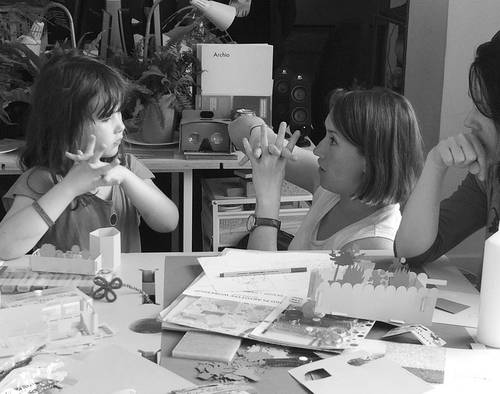Dolphins Community Centre Tetbury
In 1922, with the country still mourning those lost in the Great War, the residents of Tetbury came together to create the Memorial Recreation Ground. The foundation stone for the Dolphins Hall, located at the edge of this green space, was laid in 1959 and for over 50 years it has been a crucial part of life in the town. Since the construction of the original Dolphins Hall Tetbury has changed and developed, its population has increased substantially. In 2012 the residents came together again to discuss plans for a new Dolphins Community Centre. We were invited to be part of these discussions, and later appointed as Architect to the project.
Our brief for the new Dolphins Community Centre was for a building that could cohere a multitude of community users each with a range of specific requirements, and funded by a broad range of bodies. Through a variety of communication methods we re-presented the brief to each of the identified user groups, focusing on their priorities and detailed requirements. We produced an illustrated spatial map and a detailed weekly timetable to illustrate the potential overlapping of space requirements and to provide a flexible and responsive design with well-used spaces that will offer excellent value for money.
“We have been impressed by the their imaginative interpretation of our brief and the good working relationship which has developed as ideas were discussed and issues resolved, and now believe we have the makings of an excellent solution to the many requirements of the building.” [Barry Gibbs Chairman of the Dolphins Committee]
The design of the Dolphins Community Centre draws from the Cotswold vernacular. The building uses local architectural typologies such as rows of gabled roofs and semi-covered colonnades in combination with local materials to create a contemporary civic building that responds to its historic context.
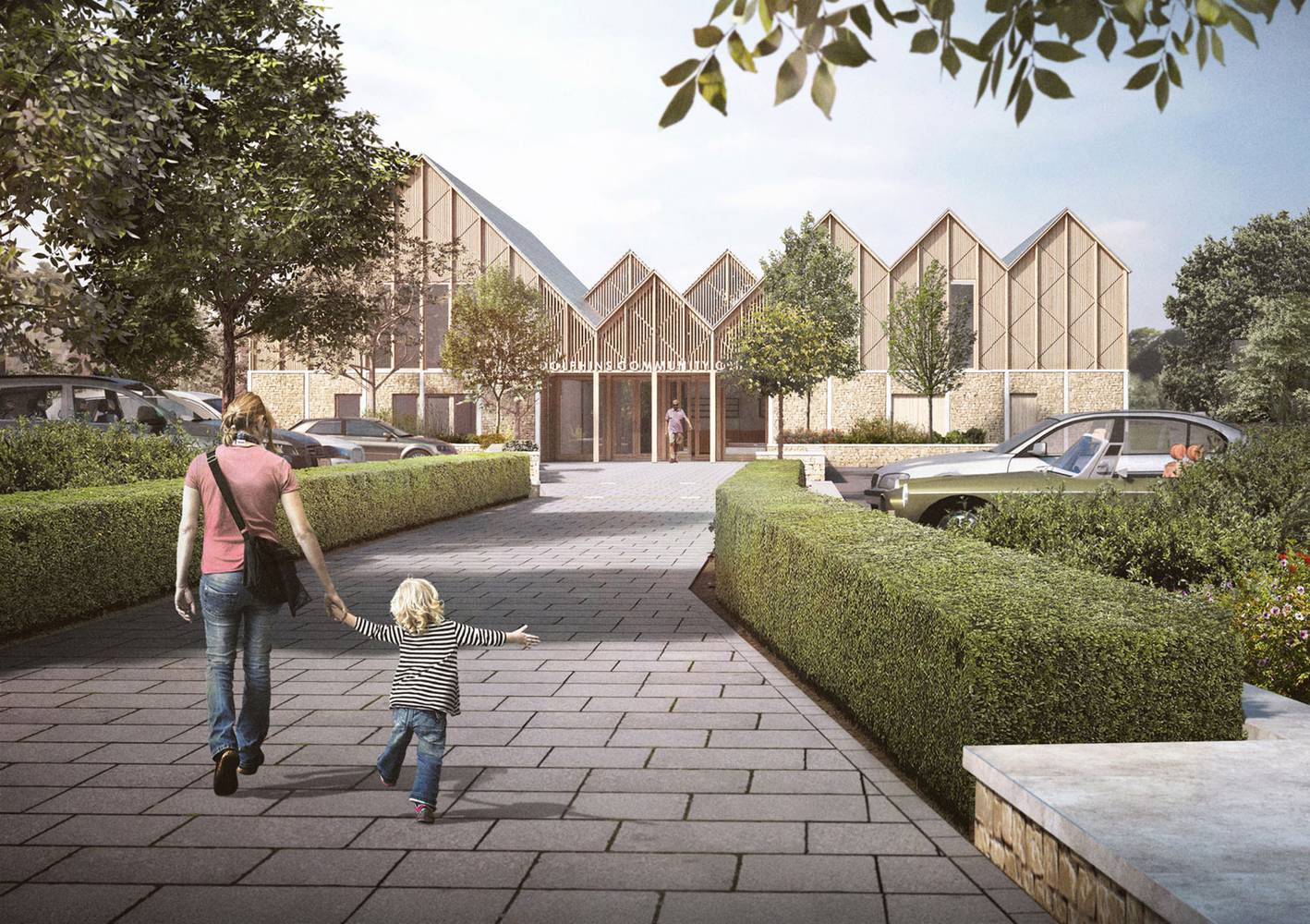
![<p><em>“The strong gables respond to local vernacular roof forms and are covered in a natural traditional material seen widely in the area … The use of stone of course responds to local distinctiveness.” </em>[Laurie Davis Conservation Officer]</p>](/media/thumbnails/uploads/f2-4may_slides.jpg)
“The strong gables respond to local vernacular roof forms and are covered in a natural traditional material seen widely in the area … The use of stone of course responds to local distinctiveness.” [Laurie Davis Conservation Officer]

